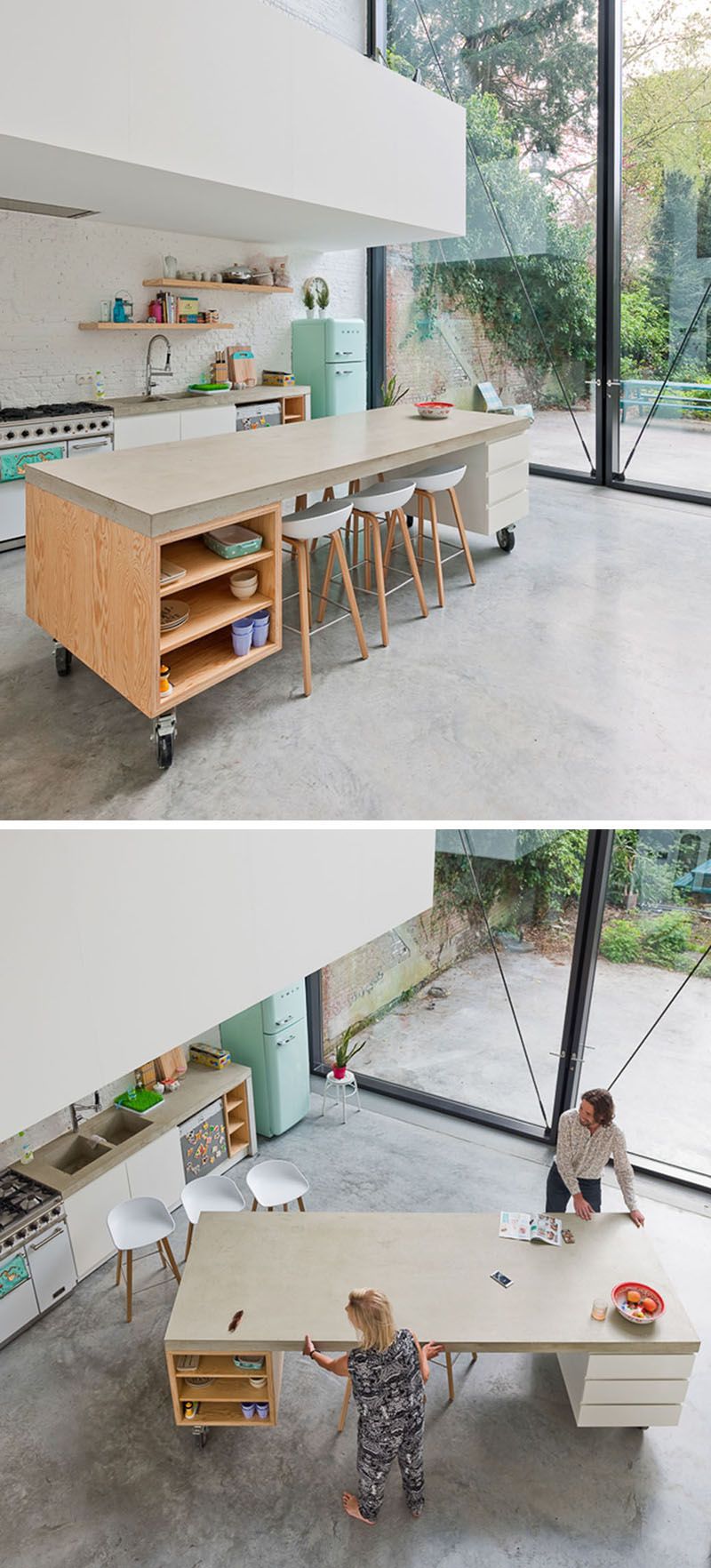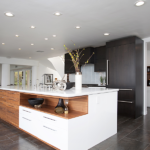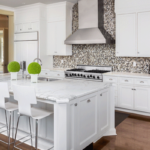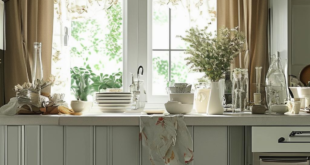Kitchen islands have become a popular feature in modern kitchens, providing additional counter space, storage, and a place for seating. When it comes to designing a kitchen island, there are a variety of factors to consider to ensure that it is both functional and aesthetically pleasing.
One of the first things to consider when designing a kitchen island is its size and shape. The size of the island should be proportionate to the size of the kitchen and the amount of space available. It should be large enough to provide ample counter space for preparing meals, but not so large that it overwhelms the room. The shape of the island should complement the overall layout of the kitchen – rectangular islands are popular for their versatility, while L-shaped or curved islands can add visual interest.
Another important factor in kitchen island design is the placement of appliances and fixtures. Many homeowners choose to include a sink or cooktop in their island, allowing for a more efficient workspace. Placing the sink in the island can also create a convenient cleanup area close to where meals are prepared. If space allows, adding a built-in wine rack, microwave, or additional storage options can further enhance the functionality of the island.
In terms of aesthetic considerations, the materials and finishes used for the island can make a big impact on the overall look of the kitchen. For a sleek and modern feel, consider using materials like stainless steel, quartz, or concrete. For a more traditional look, wood or marble can add warmth and texture. Mixing and matching different materials can also create a unique and personalized design.
Finally, the lighting above the kitchen island is an important element to consider. Pendant lights are a popular choice for kitchen islands, providing both task lighting and a decorative element. The size and style of the pendant lights should complement the size and shape of the island, as well as the overall style of the kitchen.
In conclusion, designing a kitchen island involves careful consideration of size, shape, functionality, materials, and lighting. By taking these factors into account, homeowners can create a kitchen island that is both practical and visually appealing. Whether used for cooking, dining, or entertaining, a well-designed kitchen island can enhance the functionality and style of any kitchen.
 Decorationg Interior Design
Decorationg Interior Design






















